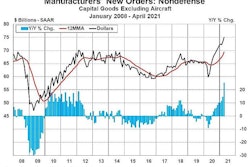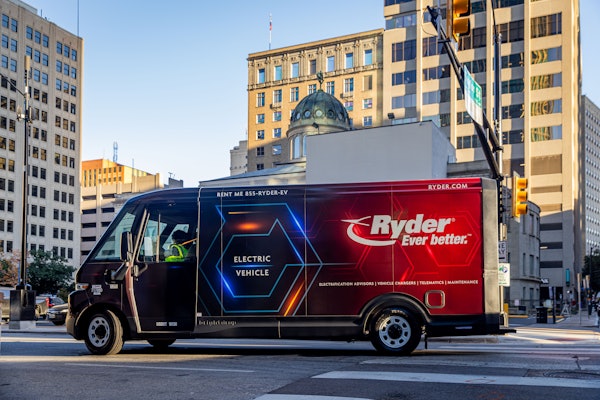A standoff at the negotiation table has brought UPS (CCJ Top 250, No. 2) and the Teamsters union to the brink of a strike that neither side likely can afford.
Teamsters represent more than 340,000 full- and part-time UPS workers and their current labor agreement expires July 31. The union has made clear that its UPS members will not work beyond the expiration of the current contract, and last month members authorized a strike by 97%.
Both sides left the bargaining table July 5, each pointing the finger at the other over a lack of progress. This is familiar territory for both sides. The International Brotherhood of Teamsters (IBT) and more than 185,000 of its members kicked off a work stoppage Aug. 4, 1997, shutting down UPS operations for 15 days. Teamsters ultimately won the standoff, securing an hourly raise and increased benefits, while the more than two week work-stoppage cost UPS more than half a billion dollars.
Now, 26 years later, the parcel market has more overall capacity and more carriers, and a looming strike presents greater risk for permanently lost volume at UPS – a long-term threat to Teamsters workers too, according to the third quarter 2023 release of the TD Cowen/AFS Freight Index compiled by AFS Logistics and TD Cowen.
In the near term though, shippers face high costs and limited options to shift volumes away from UPS in the event of a strike, as deadlines set by FedEx and regional carriers for shippers to secure capacity have passed. FedEx last week said its priority is protecting capacity and service for its existing customers, and encouraged shippers considering shifting volume to FedEx, or in discussions with the company to open a new account, to begin shipping with FedEx now.
“We have not seen significant shifts away from UPS despite concerns of a strike, signaling confidence in a timely resolution and the value shippers place on established discounts. In some cases, reallocating volumes to another carrier at this stage could move shippers to lower discount tiers and add significant additional cost,” said Micheal McDonagh, President of Parcel for AFS. “Carriers are not incentivized to activate additional capacity to serve as a temporary, stop-gap measure to accommodate temporary shocks. Scaling up networks with additional capacity requires long-term commitments from shippers."
In the event a strike happens, practically speaking, McDonagh said the market simply cannot soak up the 20 million parcels UPS handles each day and a significant backlog of packages would accumulate.
"Shippers desperate to avoid clogging their own warehouse space and the needs of certain high-value categories like healthcare and pharmaceuticals would fuel intense competition for any additional capacity to move priority volumes," he said.
Michigan State Eli Broad College of Business supply chain professor and veteran transportation economist Jason Miller estimated the market could absorb roughly 20% of stranded UPS volume, "which is a much higher figure than two years ago at this time, where my answer would have been near 0%."
"There is a lot of shadow capacity available in that the average hours worked per employee per week in the courier and messenger sector was just 32.7 in May 2023. It has been hovering around 33 hours per week. This compares with 36.5 hours per week before COVID-19 and a staggering 38 hours per week in Q2 2020 – Q1 2021. I take the 38 hours per week as an upper limit," he said. "This implies we have 13% shadow capacity for the entire industry."
Taking 13% shadow capacity and UPS representing roughly 33% of employment in its segment – and 25% of parcels – and then accounting for friction with other parcel carriers onboarding new business quickly, "a 20% figure seems reasonable," Miller said.
On a 1-7 scale, with 1 being no impact at all and 7 being an economic catastrophe, Miller said he would place a UPS strike today as a 5. "Back in 2021, it would have been a 6," he added. As a point of reference, Miller said a railroad strike, which the U.S. narrowly avoided late last year, would have been a 7, and a shuttering of Yellow, itself in a tussle with the Teamsters while facing mounting debt, would be a 2.












